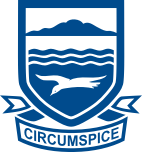Te Ao Haka is a subject that explores the cultural significance, history, and performance of haka within Māori tradition. It provides a powerful platform for students to reconnect with Māori practices and heritage, catering to a wide range of skills and knowledge from Year 9 through to Year 13.
Students gain mātauranga (knowledge) about the purpose and meaning of various cultural elements, and actively engage in the performance of haka pōhiri, waiata ā-ringa, poi, mōteatea, haka, Māori weaponry, taonga pūoro, and other key expressions of Māori culture.
Through Te Ao Haka, students not only express themselves creatively but also deepen their understanding of Māori values, language, and identity. They explore iwi-affiliated histories and performance styles, enriching their appreciation of Aotearoa’s cultural landscape.
The subject also fosters group cohesion and collaboration, while developing skills in choreography and performance. Ultimately, Te Ao Haka helps students connect with the richness of Māori culture and its enduring significance in New Zealand’s diverse society.
Te Reo Māori is offered from Year 9 to Year 13 and aims to promote the learning and revitalisation of the Māori language, while fostering an understanding of its cultural and historical significance. Students develop skills in speaking, listening, reading, and writing Te Reo Māori, alongside gaining insights into Māori tikanga, traditions, and values.
This subject provides a strong foundation for students to engage with Māori identity and heritage, enhancing their cultural awareness and respect for Māori perspectives. Te Reo Māori encourages students to connect with Aotearoa’s unique cultural landscape, supporting personal growth and a deeper appreciation of the country’s diverse heritage. It also fosters an understanding of the importance of bi-cultural partnership in Aotearoa.
Whakairo is the traditional Māori art of carving. Students learn about the designs and symbols found in Māori carvings—such as those on whare tūpuna (ancestral meeting houses) and taonga (treasures)—and how these elements reflect Māori beliefs, ancestry, and connections to the natural world.
Offered from Year 9 to Year 13, the course allows students to explore carving techniques and work with a variety of materials including wood, pāua, and bone. Whakairo is presented not merely as an art form, but as a powerful means of storytelling and cultural expression, enriched by the tikanga (customs) that guide its practice.
At Rangitoto College, we uphold tikanga that is inclusive of both male and female carvers, fostering a safe and respectful environment for all students. This space is considered noa (free from restrictions), with the kūmara plant—associated with the atua Rongomātāne—symbolising the acceptance of women’s participation in carving.



